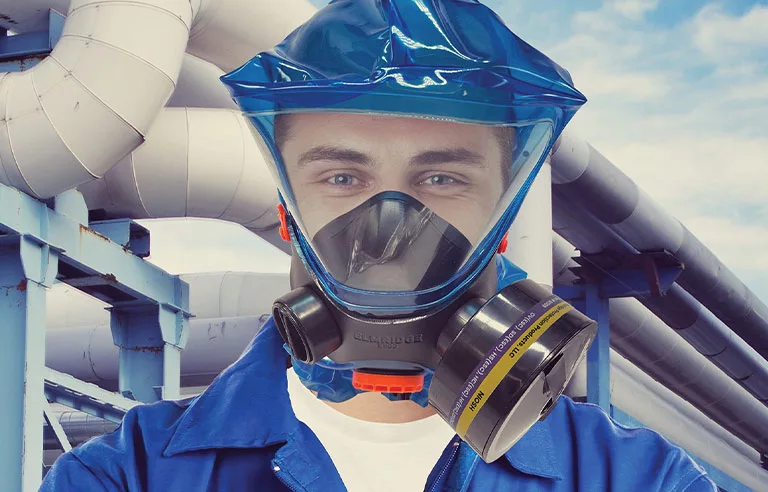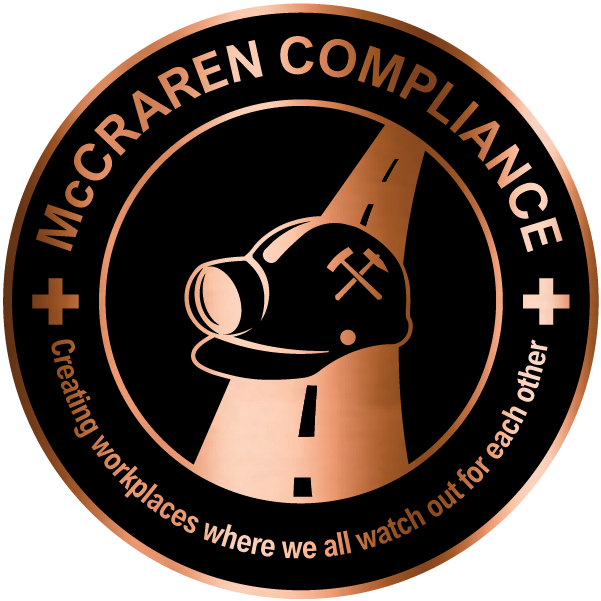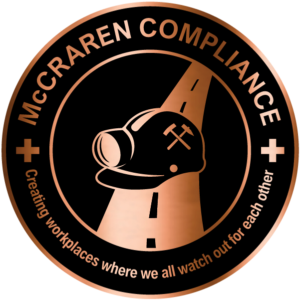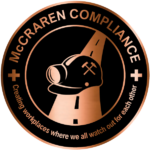How do I choose between the different types of NIOSH-approved escape respirators?

Responding is Ira J. Gurvitch, president, Elmridge Protection, Boca Raton, FL.
When disaster strikes – whether it’s a chemical leak or a toxic gas release – time becomes your most precious asset. In such moments, the right escape respirator can draw the line between survival and catastrophe. But with multiple designs, performance levels and user requirements to consider, how do you make the right call?
Let’s walk through the essential considerations in selecting a NIOSH-approved escape respirator that’s fit for purpose, user-friendly and, ultimately, capable of saving lives.
It’s also crucial to weigh practical elements: How fast must the respirator be deployed? Will workers need to communicate as they escape? What are your resources for training and maintenance?
A look at your options
Escape respirators approved by NIOSH generally fall into three categories: mouth-bit respirators, air-purifying respirator hoods and compressed-air bottle hoods (escape bottles – five, 10 and 15 minutes). Each serves a purpose, but none is a one-size-fits-all solution.
Mouth-bit respirators are the most affordable. Users grip a mouthpiece between their teeth while a nose clip seals their nostrils. Lightweight, they’re ideal for low-risk escapes, but there’s a catch: They don’t protect the face or eyes, and they silence the wearer (no talking, no coordination, no calling for help).
APR hoods have a filter that protects the head and face. They can handle a wider range of gases and particulates. They’re lightweight, priced mid-range, and quick and easy to don. They also allow workers to easily communicate during an emergency. APR hoods strike a practical balance for many workplaces.
Escape bottles are essentially self-contained breathing apparatuses, providing a fixed supply of compressed air through a hood. They’re the heavyweight in every sense: bulky, expensive and maintenance intensive. But they’re also the most protective. They’re the go-to in conditions that are immediately dangerous to life or health.
More than just the hazard
Choosing the right respirator isn’t only about hazards; it’s about the whole ecosystem of emergency response. Think about how long protection is required. Mouth-bits and APR hoods can last longer. Escape bottles, by contrast, have a strict time limit – five, 10, maybe 15 minutes – before the air runs out completely. Consider how easy it is to teach people to use the escape respirator. Mouth-bits are simple and APR hoods are intuitive. Escape bottles require repeated training.
And what about after a false alarm (which is much more likely than a real emergency)? Mouth-bits can’t be reused. Escape bottles require refilling, inspecting and repacking. APR hoods can be easily reused. As for maintenance, escape bottles need regular inspections of high-pressure cylinders, regulators and valves. APR hoods and mouth-bits require no maintenance.
Final thoughts
There’s no single answer to the question of which escape respirator is best. The real question is: Which one is best for you?
That answer depends on the nature of the risks, the people involved and the resources available. It’s more than just equipment. It’s about preparation, training, communication and the sobering reality that when emergencies happen, your respirator becomes your lifeline.
Choose wisely, plan thoroughly and equip your team not only with a device, but with confidence in the face of crisis.
McCraren Compliance offers many opportunities in safety training to help circumvent accidents. Please take a moment to visit our calendar of classes to see what we can do to help your safety measures from training to consulting.
Original article published by Safety+Health an NSC publication


